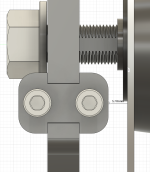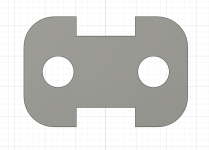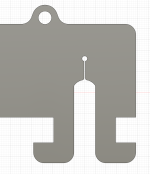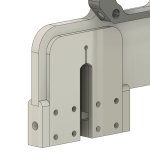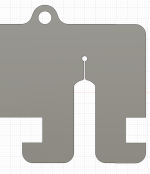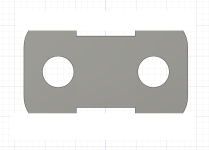chuyskywalker said:
I've been continuing to tool on this and figured out there's a flaw in the design. Specifically, there is a gap in between the arm and the motor the requires washers. Except if the washers on are on the axle, you won't be able push the axle into the dropout without hitting the bolt-on plates.
If you used C-washers (or cut a section out of regular ones), you can just drop them onto the axle from above after it's installed (or at least, for the ones that won't fit on while installing the axle into the plate slots). I did this for some of my hubmotor stuff on CrazyBike2, and the early SB Cruiser and other builds, for similar reasons.
Or you can add that spacer to the stuff to be machined, as a single C- or U-shaped piece to drop over the top, of full thickness. Or multiple sections if that's too thick. Saves dealing with a lot of separate washers.



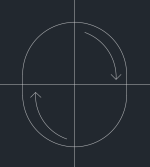


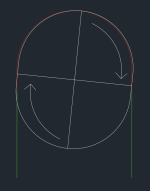
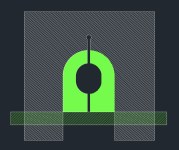
![strip_a9535a95b84a4d264a5d3eb711d5ba1a5d74ab1e[1].jpg strip_a9535a95b84a4d264a5d3eb711d5ba1a5d74ab1e[1].jpg](https://endless-sphere.com/sphere/data/attachments/190/190180-c2e1b27b0d088ed8c9c2e5df3915be91.jpg)
![striprote_8607b1ce82a60626108743832d559719ab86e91a[1].png striprote_8607b1ce82a60626108743832d559719ab86e91a[1].png](https://endless-sphere.com/sphere/data/attachments/190/190181-0beba452df1aecb46faa646ff2b470df.jpg)


